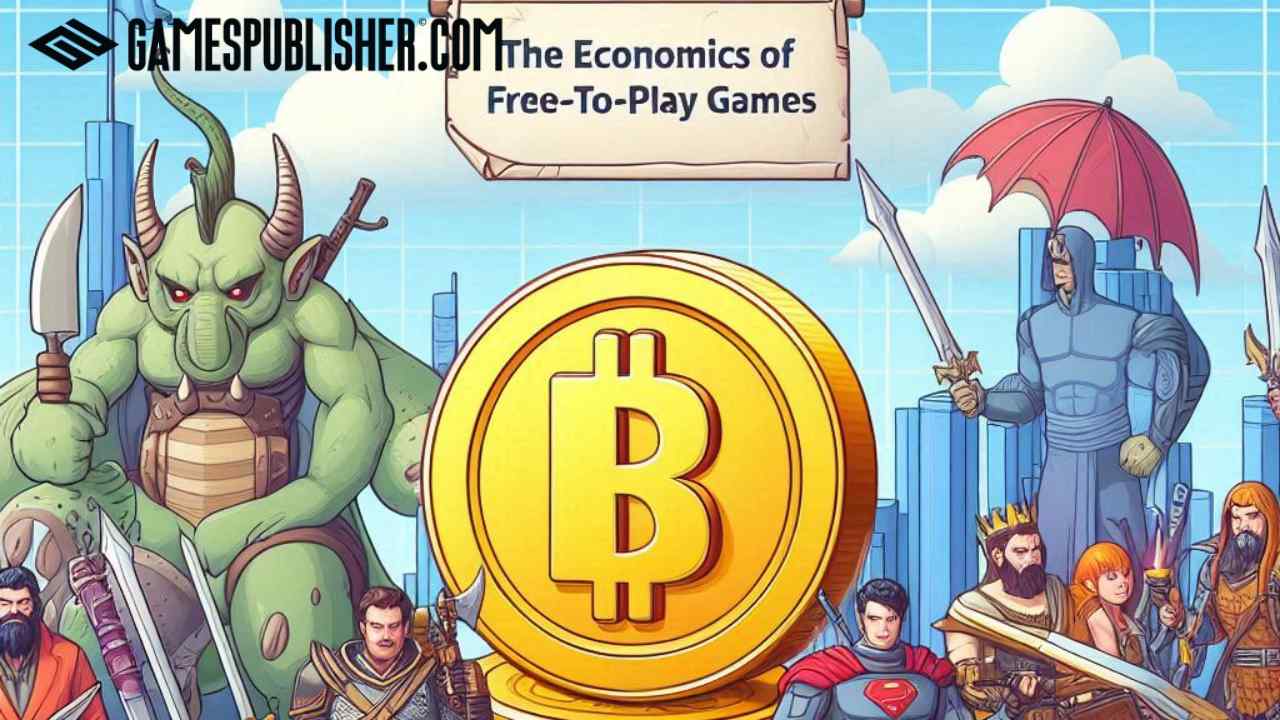Welcome to Gamespublisher.com, a resource page dedicated to game development and game publishers.
In today’s games industry, a widely used model is free-to-play (F2P). Making games free helped to attract a massive number of gamers but also brought the challenge of monetization.
In this post, let’s learn about the complexities of ethical monetization within F2P games.
We’ll discuss approaches allowing game producers to profit from their games and deliver good experiences to players.
The Evolution of Free-to-Play Games
F2P gaming originated with basic games from free web browsers, although with a little more complexity in the later matches.
These games introduced the model of having the fundamental experience of the game be entirely available for free, with profits being made through ads or available-for-purchase microtransactions.
The changes in the market as people moved to mobile games and the improvement of smartphones’ power also led to the development of F2P.
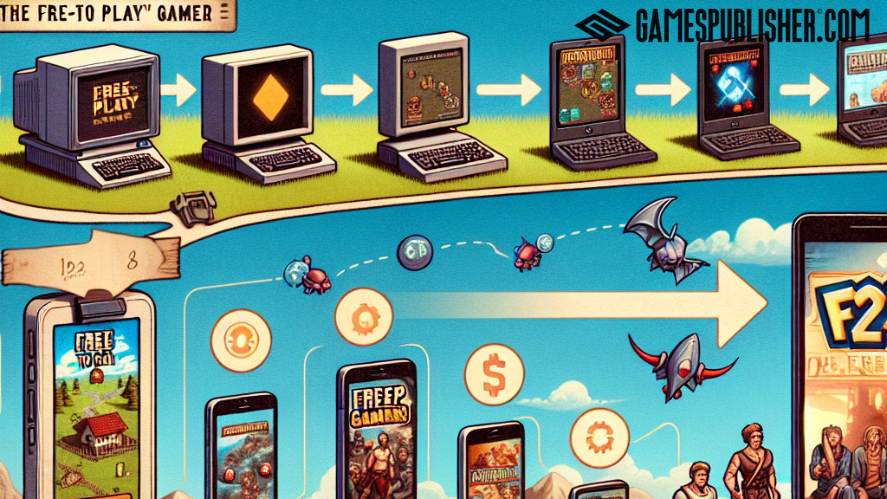
Mobile games were adopted due to their suitability in providing simple entertainment to people. It is relevant to the video gaming industry, stimulating top-level AAA developers to experiment with F2P features in their projects.
Today, the F2P games account for a significant market share, raking in many billions of dollars annually.
With this model, games have been made accessible to everybody, and players get to test various games before purchasing them, while developers get more options to make money.
The F2P model has played a tremendously significant role in changing the face of gaming as well as the concepts of monetization.
Core Monetization Models in F2P Games
Three strategies to make money from the F2P game are in-app purchases, advertisements, and subscriptions.
IAP is the most common method of F2P monetization through which players purchase virtual goods or services in the game.
They can include resources spent within the game, power-up items, pieces of clothing that enhance the visual experience, and additional levels or game types.
IAPs ensure developers receive revenue from the game, and the players can customize their gameplay and accelerate their progress.
Advertisements are also used frequently as another revenue model used in F2P games.
These can include rewarded ads that enable the players to watch short videos and get in-game bonuses, interstitial ads that pop up when the player has finished a level or is waiting to start the next one, and banner ads that appear on the game window.
Care should be taken at the frequency of placing ads as this would irritate players.
Subscription models are gaining traction in the F2P landscape, offering players recurring benefits for a regular fee. It can be VIP passes with special offers or monthly content releases to ensure the game doesn’t get stale.
This model ensures that players remain engaged for a long and provides the developers with a steady revenue model.
Each of these monetization approaches has its advantages and limitations.
Successful F2P games often use all models to make money while ensuring that the players’ satisfaction is not compromised due to constantly paying fees.
By providing engaging gameplay, valuable and necessary IAPs, restrained ads, and decent subscription models, the developers may establish a balanced long-term model for the players and can be successful in their game.
Psychological Factors in Monetization
The psychology of the gamers is an appealing element that is usually exploited by F2P games. Behavioral economics plays a key role when strategies such as scarcity and urgency are applied.
Setting a limited time for a product or an item that’s not frequently available will create a sense of FOMO factor where players must pay for your game.
In addition, the fear of losing something will also work if used well. For example, players must pay to keep the items after the end of the event.
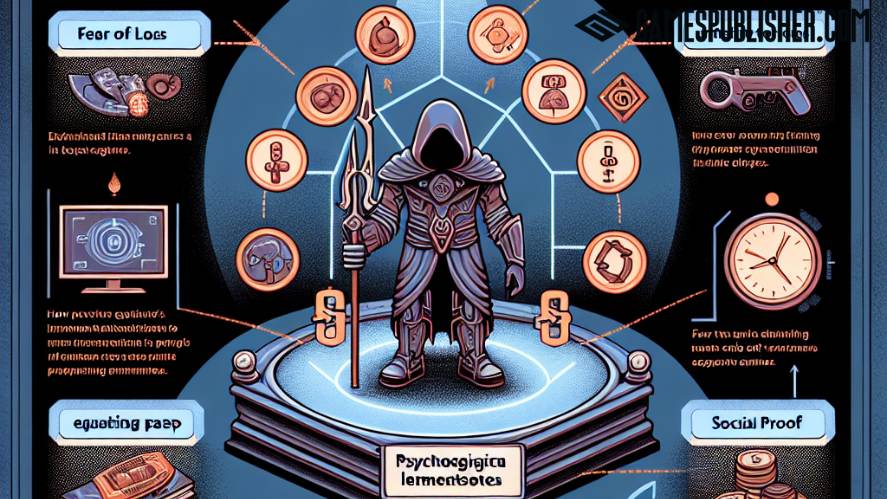
Social proof takes these tendencies a step further. Scores and ranks showcasing player accomplishments create a desire to keep up or surpass the other players.
This can result in expenditure on products that enable the players to gain a competitive advantage over the other players. Everything from most basic accessories can become desirable if they signify status or skill within the community.
These elements are well thought out to nudge the player into making more purchases, but you must consider game ethics.
Transparency and clarity regarding in-game transactions are essential to maintaining player trust and promoting a healthy gaming environment.
Ethical Considerations and Player Trust
Ethical monetization in free-to-play games is essential to gaining player’s trust. Game developers must navigate sensitive issues to create a perfect player experience.
Here’s how.
1. Avoiding Pay-to-Win (P2W) Models
The Pay-to-Win (P2W) models, when paying for more advantages in the game, are unfair and will lead to annoyance and players’ boredom.
Thus, to keep the feeling of fairness for players who don’t pay and create a healthy player base, developers should include only additional features for a fee that do not directly influence the game-playing process, like avatars, colors, items, speed boosters, etc…
In competitive modes, focusing on well-proportioned matchmaking and fairness for all players regardless of spending will also help players have great experiences.
2. Transparent Pricing
The issue of transparent and fair pricing is the primary key to fostering trust between players and developers.
When in-game purchase prices are straightforward to understand, players feel more confident about their spending and are more likely to be satisfied.
Therefore, it is not good to conceal the offering with the purchase since the players need to know what they are paying for, as this ranges from virtual currency, skins, or the improvement of game content.
Avoiding misleading language also helps increase trust in the game, making for a much more positive player experience.
3. Protecting Vulnerable Players
It remains an essential ethical games consideration for game developers to defend the socially sensitive players in games. This includes young persons and those who are prone to develop addictions.
You should apply in-game spending limits to prevent overspending within a specific time.
There should be a function to help players adjust the settings by denying them access to purchase features if they think they are at risk of spending too much.
Furthermore, the diverse, comprehensive parental control facilities allow parents to control and limit their children’s purchasing activity in gameplay and make an appropriate and secure gaming environment.
Case Studies of Successful F2P Games
Let’s look at the highly successful free games below to understand their monetization strategies with players.
Fortnite
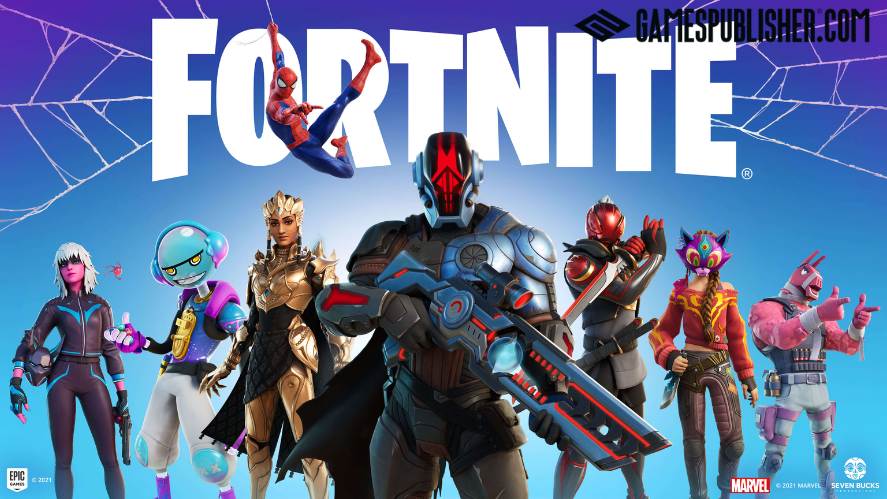
Fortnite has become a big bang for the gamer base, primarily because of its focus on cosmetics and seasonal challenges.
Items like skins that enhance the appearance of weaponry emotes, etc.,… to improve their gaming experience without affecting gameplay.
Offering fresh themes and events will bring the frequent feeling of a new update, which would enhance the value of the game and encourage players to pay for the game.
League of Legends
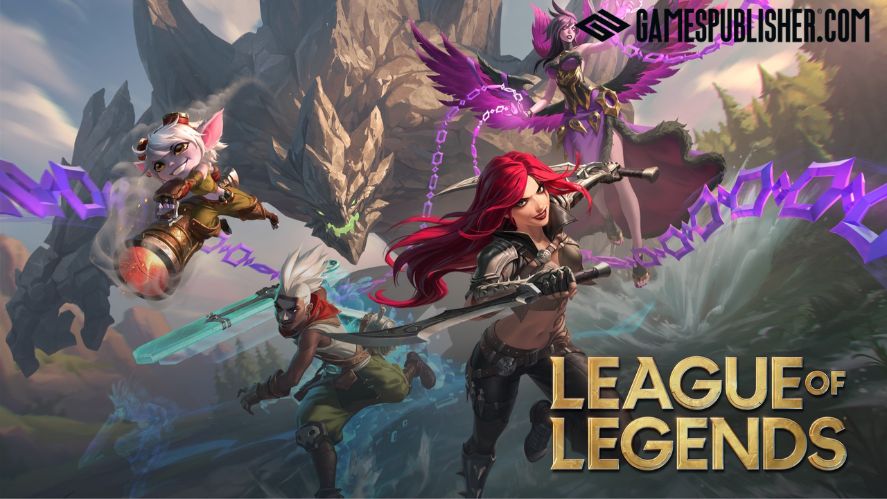
League of Legends is a game that wholly relies on competitive gameplay accompanied by aesthetic appeal.
This game is free, and the developers’ income is mainly obtained from gamers purchasing new champion skins, reward milestones, and other visual enhancements.
An active esports scene also boosts player pay for the game so fans can engage with their team’s favorite.
Genshin Impact
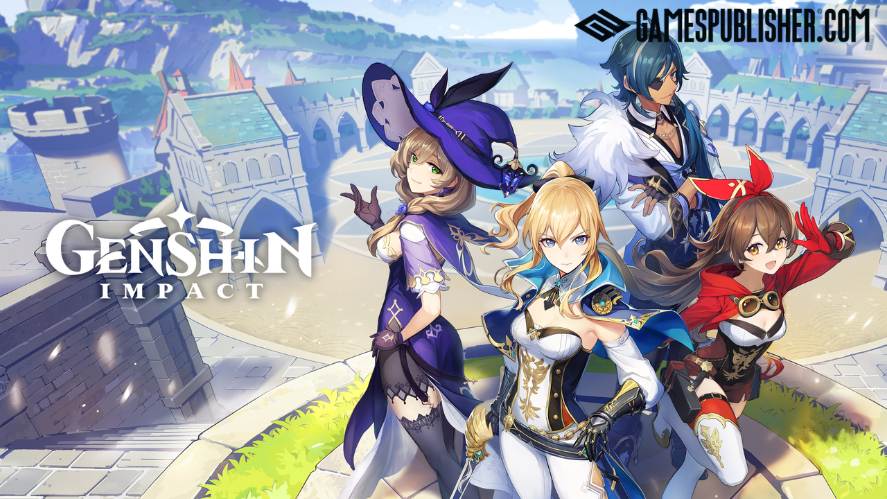
Genshin Impact uses Gacha mechanics to make money, allowing players to get powerful characters by paying using a random probability system.
Even though Gacha has debated relaxing gameplay, a rich and memorable story, and continuous updates of Genshin Impact, players spend money to improve their gaming and get their favorite characters.
Future Trends in F2P Monetization
F2P is a constantly developing model with new technologies and trends shaping the future of monetization.
Blockchain and NFTs could transform in-game economies, providing players with the actual ownership of digital assets and new ways of buying and selling.
Personalized experiences based on AI and machine learning could customize in-game options and rewards to individual player preferences, increasing the playing time and the amount players spend.
However, this evolution also comes with regulatory challenges. The debate on the issue of incorporating gambling-like features in the loot boxes may lead to stricter regulations.
Data privacy is also a big problem in development since developers have to regulate personalization while also considering data protection.
Conclusion
Lastly, it can be stated that optimizing revenues and players’ satisfaction is probably the ultimate goal you can set in the F2P business model.
Let’s use its monetization models, ethical practices of using psychology, transparency, and players’ privacy that you can use to build a healthy ecosystem.
F2P is almost the indefinite model for the future, with all new technologies offering even further possibilities for creativity.
Last, having good relationships with the players and giving them good experiences are the keys to success in the F2P game world.
Loading survey...

